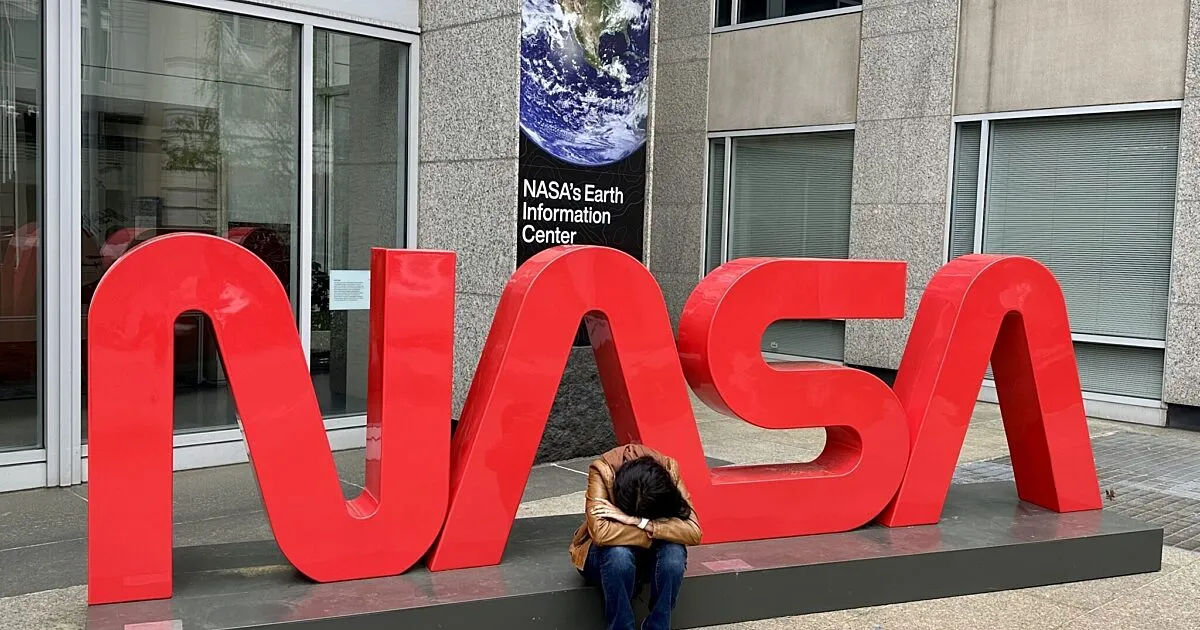
On the morning of March 10, 2025, David Draper settled in for what would become one of his final meetings as NASA’s Deputy Chief Scientist. Unbeknownst to him, that day marked the beginning of a significant upheaval within the agency. Draper found himself guarded by plainclothes security at NASA Headquarters in Washington, D.C., a first for him. As he faced his team, the grim news was delivered: the entire Office of the Chief Scientist (OCS) was being disbanded, resulting in the elimination of all their jobs. “It was a total gut punch,” Draper recounted. “I just watched their spirits being crushed right in front of me.”
Draper’s resistance was palpable. “What you have here is about 150 years’ combined experience at the top leadership level of this agency,” he argued passionately. “You're telling me you can't find a place for these talented people?” However, the closure of OCS was just the beginning of a much larger wave of layoffs. In the months that followed, approximately 4,000 employees—over 20% of NASA’s workforce—would depart the agency. Some chose to leave, while others faced forced exit. With devastating budget cuts looming, experts are just beginning to assess the fallout from this unprecedented brain drain.
The demise of OCS was not merely a single event; it symbolized broader threats to NASA's future. It served as a harbinger for potential cuts to NASA science, the shutdown of numerous active space missions, and an increase in layoffs and buyouts. The loss of OCS foreshadowed a troubling trend that could undermine the core of NASA and the United States' aspirations in space exploration.
Established in 1982, OCS was designed to provide unbiased advice to NASA leadership, ensuring that the space program remained aligned with the latest scientific advancements. Draper highlighted its importance, stating that when disagreements arose among NASA scientists regarding research priorities, OCS was often consulted for its neutral perspective. Mamta Patel Nagaraja, who served as Associate Chief Scientist for Exploration and Applied Research under Draper, noted that OCS was instrumental in making tough decisions regarding experiments for the International Space Station.
Ironically, the White House announced an executive order shortly after the closure of OCS, aimed at restoring the scientific integrity of federally funded research activities—efforts that Draper had previously championed at OCS. He lamented the cancellation of these initiatives, emphasizing that the operating costs of OCS were minimal, accounting for only 0.001% of NASA’s budget, or approximately $349,000 annually. “Having no money is what gave us our power,” Draper explained, attributing OCS's independence to its low funding.
The closure of OCS was not an isolated incident; the broader exodus of NASA employees mirrored its chaotic nature. Nagaraja expressed her concern over the loss of a significant number of skilled professionals, particularly senior-level employees—almost half of those leaving. Many opted for buyouts rather than facing termination, resulting in the departure of highly experienced and valuable staff. “Morale at the agency is low. And if there was a layer below low, it’s probably really there,” Nagaraja lamented.
Despite the unexpected closure of OCS, Draper had already submitted his retirement paperwork. His formal last day coincided with OCS’s dissolution, though he was able to retire as planned. Conversely, Nagaraja faced an abrupt end to her brief tenure as Deputy Chief Scientist, having just been promoted the day before. “It's going to take a culture change for the scientists at NASA to survive the next four years,” she asserted, emphasizing the need for a supportive environment for scientists.
Concerns about the agency's future are echoed by whistleblowers and ex-astronauts, who warn that this uncertain climate could jeopardize NASA missions and even endanger lives. Past tragedies, such as the Challenger and Columbia disasters, highlighted the dangers of silencing dissenting voices. Draper warned, “Even if you didn’t cancel any missions, you're going to have a big problem. It's just a matter of time.”
Though Draper has officially retired from NASA, he remains committed to contributing to meaningful causes, such as addressing climate change and wildfires. “I am not going to give up. I am going to do everything I can to try to pull this beast back from the edge,” he stated. Meanwhile, Nagaraja has transitioned to become the founder and CEO of Vyoma Space, a consulting firm. While she appreciates the opportunities in her new role, she still considers NASA her dream job, reflecting, “I'd do it all over again, even knowing the ending.”